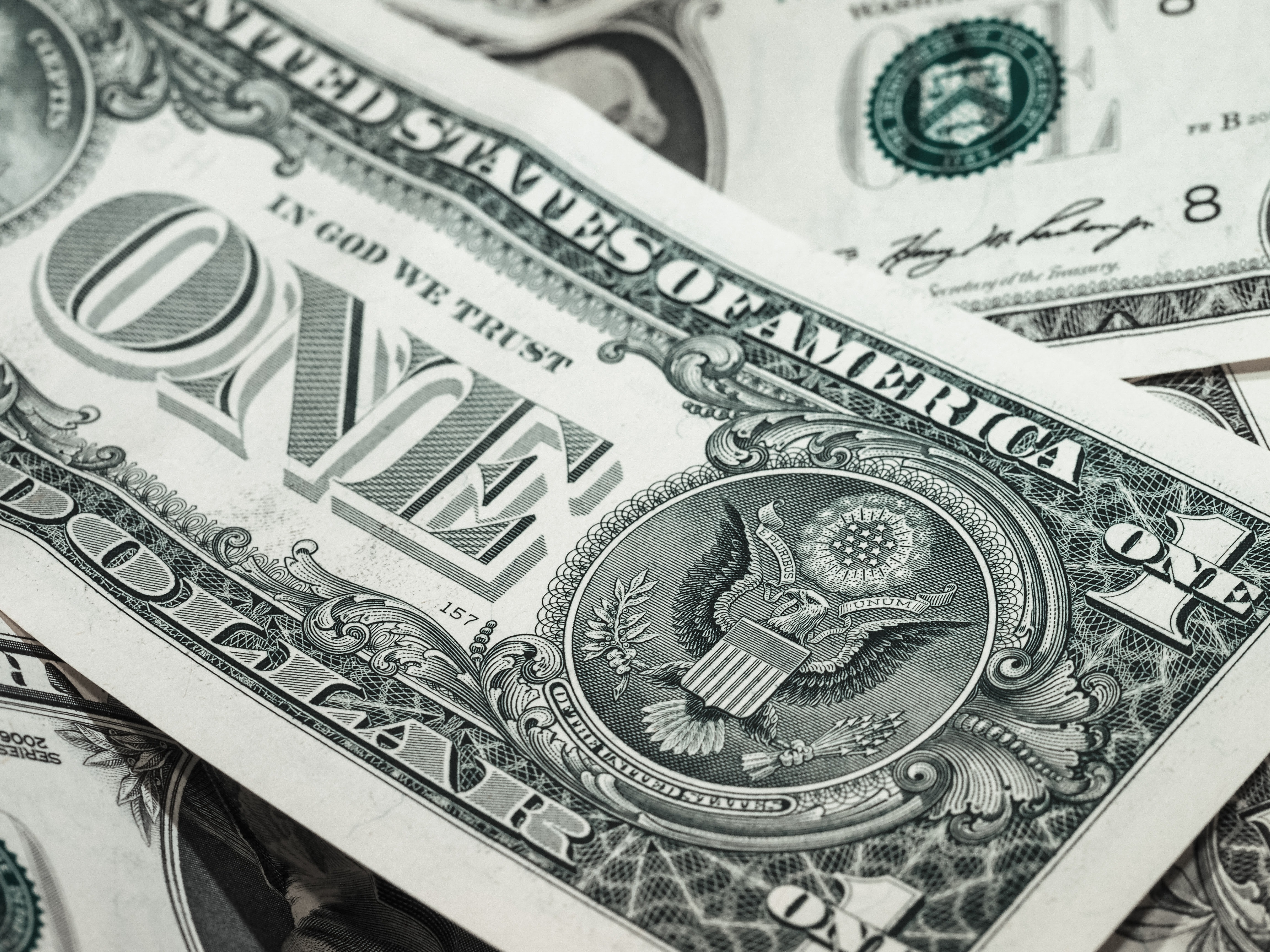
The Dollar Wrecking Ball: Why is a strong US dollar so dangerous?
The rising US dollar strength is starting to produce cracks across economies and markets.
Tether Controversy: Why is USDT so problematic?
Stablecoins represent a backbone of cryptocurrency markets, helping to facilitate a majority of worldwide trades. The most widely used one, Tether, is also the most controversial and problematic.
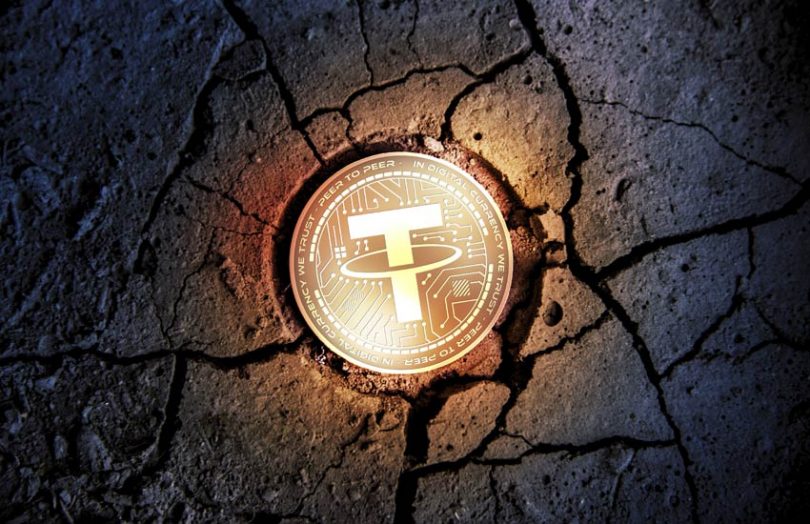
Many people do not realize just how ingrained into the crypto markets Tether is. It is by far the most widely used cryptocurrency, dwarfing numbers posted by most other projects. Just in the past 24 hours, Bitcoin posted a volume of $27 billion while USDT’s was $53 billion. Considering its popularity as a go-to stablecoin, people care way too little about what actually keeps it stable.
At least they did. Only until an algorithmic stablecoin, Luna, did not implode and evaporated $45 billion along with it, sending shockwaves across the crypto markets. Unsurprisingly, cryptocurrency users started seriously questioning the security of certain stablecoin projects, with USDT ending up at the epicenter of this scrutiny.
The Luna debacle started stress-testing the peg of USDT to the US dollar. As the whole crypto market plummeted, users started exchanging their USDT for fiat, forcing the company to pay out close to $10 billion. The coin lost the peg for over two months when its price kept hovering a couple of cents below the $1 mark. They finally managed to bring the price back to its peg just a couple days ago. Indeed, the company used this achievement as a chance to get back at its critics and point out that it withstood the stress “flawlessly”.

Despite the accomplishment, Tether’s transparency problems have not gone away. The exact details of assets backing the stablecoin remain unknown as the firm has not undergone a single legitimate audit. Overall, the project is still surrounded by flashing red signs and mysteries. To make better-informed investment decisions, active USDT users should familiarize with Tether’s peculiar history.
From a Disney star to a crypto entrepreneur
The project was started by Brock Pierce and his partners in 2014, when cryptocurrency was still an unknown concept to most people. Pierce himself has a very unusual history. Started as a child movie star in Mighty Ducks in 1992, set up several startups during the dot.com era, was part of a child-sex scandal, and even ran for president in 2020. Pierce discovered Bitcoin all the way in 2009. By 2014, he was convinced that Bitcoin and cryptocurrencies represent an opportunity of a lifetime.

However, he also saw a problem with adoption, arising from the cumbersome process, which made access to crypto inefficient and difficult for regular folk. So, he thought, why not make a stable cryptocurrency, which will be tied to a fiat currency while also on a chain? Whether Pierce at the time already knew about all the use cases we will eventually find for this idea is not sure, but the concept certainly started spreading.
Let’s first recap some of the stablecoins uses:
1. Trading – traders can sell crypto and easily keep the money on the chain as stablecoins. Always exchanging crypto to fiat and vice versa would make the process slower and less efficient
2. No hassle with international payment – if we send a package from the US to Japan, it gets there quicker than transferring money between these destinations. Therefore, it is no surprise that people very much enjoy converting money to USDT (or any other stablecoin) and instantly sending it to anyone with a crypto wallet
3. Peer-to-peer transfers – transactions work without an intermediary
4. Keeping all transactions private
And generally just make everything more efficient and streamlined (low fees, low transfer time etc.)
Bitfinex takes over
Pierce and his partners started the first stablecoin called Realcoin. However, they didn’t stay with the project for too long and sold the startup to the Bitfinex exchange (for anyone not familiar with the exchange, here and here are some reminders), where the idea was taken over by another peculiar character, Phil Potter. Potter enjoyed a little fame at the end of the 90s when he was working for Morgan Stanley. As a young “hot shot” of the industry, he was asked to do an interview for Times. Throughout the interview, he kept bragging about his wealth, so he came across as greedy and materialistic. When the article came out the next day, Morgan Stanley fired him.
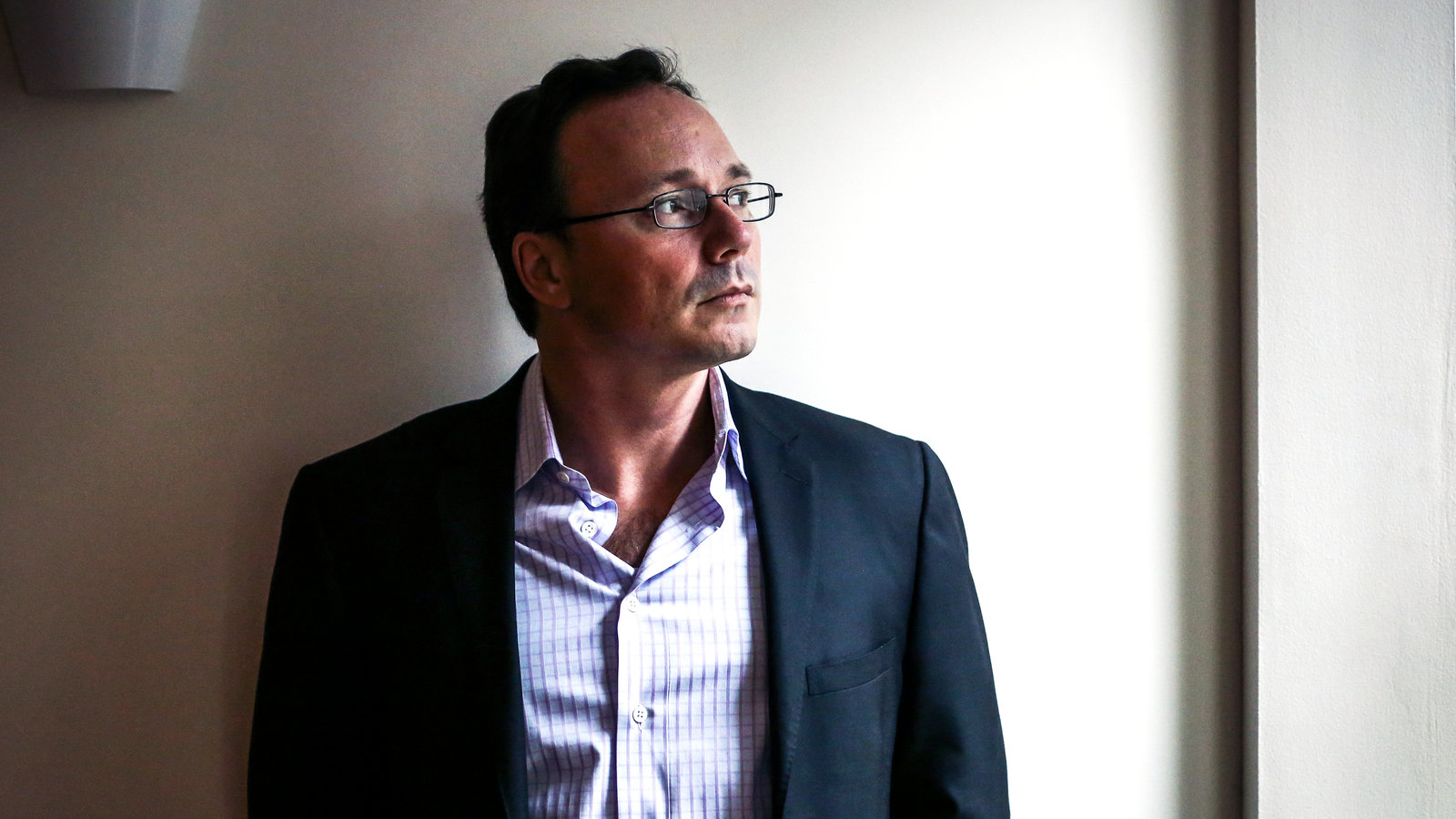
Bitfinex changed the name of the Realcoin to Tether and underpinned the project with 3 crucial promises:
1. The issuer would keep reserves of fiat that would match exactly the number of coins in the circulation
2. The issuer would keep a public and transparent account for anyone to see what exactly is backing Tether
3. The issuer would let anyone swap their USDT for actual dollars at anytime
The project quickly gained traction, users started using the stablecoin, and the overall token supply rose. By January 2016, the firm topped 1$ million in circulation. Officially, Bitfinex and Tether were two separate companies acting as partners, but technically, they were functioning as one firm. It did not take long for Tether to start breaking its promises. By 2016, the firm had not released any legal report describing the distribution of its reserves. Soon after, they broke another promise by stating the following on its website: “We do not guarantee any right of redemption or exchange of tethers by us for money.” Basically saying that once you exchange your fiat for USDT, the money is theirs, and they, are not obliged to give it back.
One might assume that this would be more than enough for people to start questioning project's legitimacy, but no, people actually did not give a sh** (some would say that they still don't), and usage just kept climbing higher.

Join us right now >>> REGISTRATION
Avoid audits at all costs
By 2018, USDT transactions dominated the crypto market; Tether essentially became the whole market. Cryptocurrencies even started being priced in USDT, not in US dollars. With adoption, however, also comes attention, and people started seriously demanding Tether to open up its books. Hindenburg research even put out a $1 million bounty for anyone sharing details of Tether’s backing. However, users never really had their demands met. Although Tether kept stating they are fully backed, they have never undergone a legitimate audit. They only pulled tricks like this one from summer 2017:
Tether wanted to squash the doubts about their backing, so they set up an audit by an “independent firm”. Bitfinex had an opened account at Noble Bank. So, in the morning of the audit, Tether also opened an account at Noble Bank, and Bitfinex sent 382$ million to that account. The auditing firm checked the accounts that evening and stated that USDT is fully backed.
So much for transparency.

In 2018, Phil Potter resigned as CEO of Bitfinex, and the position was taken over by Jan Ludovicus van ver Velde from the Netherlands. The CFO role was taken by Giancarlo Devasini, a former plastic surgeon. Both are very shifty figures whose past is not very well-known. They also do not make much public appearance.
Bitfinex “borrows” money from Tether
Unfortunately for Tether, the firm was thought of as a safe haven for money launderers and a payment network for criminals. Therefore, no larger bank wanted to store its reserves, and Tether always had to look for financial loopholes and deal with questionable institutions:
“We’ve had banking hiccups in the past. We’ve just always been able to route around it or deal with it, open up new accounts, or what have you…shift to a new corporate entity, lots of cat-and-mouse tricks.” (Phil Potter)
In mid-2018, Bitfinex was moving its funds through one of these institutions called Crypto Capital, based in Panama. One day, Bitfinex lost $851 million in the hands of the firm. The exchange urgently needed the funds to satisfy customer withdrawals. Hence, Bitfinex lent itself $600 million from Tether accounts, clearly violating the statement that Tether is fully backed at all times. This move also proved that the two firms are far from just partners and act more like one entity.
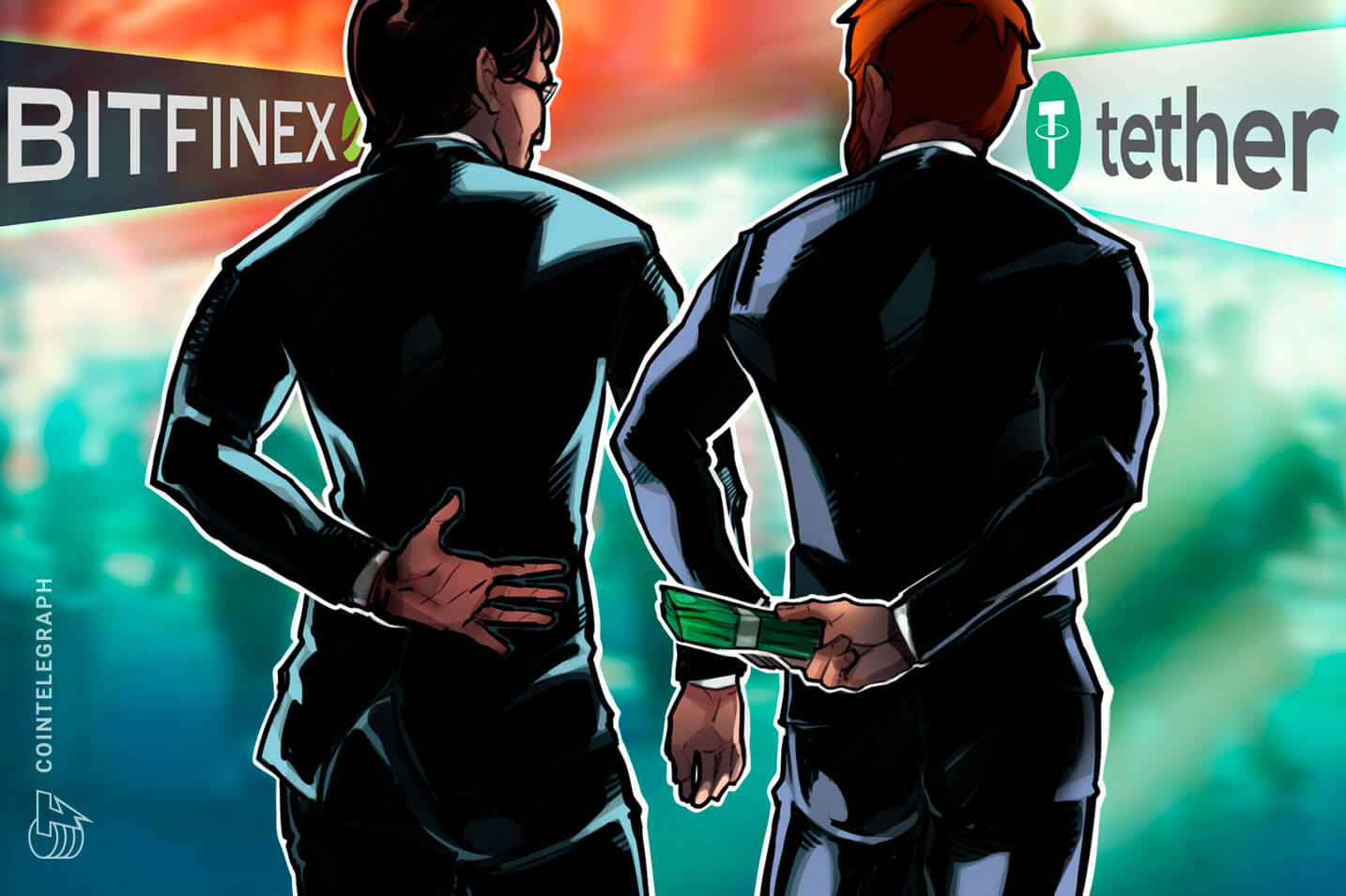
The transfer stayed out of the public eye for some time, but in 2019, New York Attorney General was conducting an investigation into Tether and discovered the cover-up. They concluded that firms lied about their relationship and that Tether falsely claimed that the stablecoin is fully backed at all times. Bitfinex/Tether did not admit any wrongdoing, but they still paid an $18 million fine, and they agreed to release attestations of their reserves every quarter for two years.
Did the attestations achieve more transparency?
Even before the verdict, the company website changed the official statements regarding its reserves from:
“Every tether is always backed 1-to-1, by traditional currency held in our reserves. So, 1 USDT is always equivalent to 1 USD.”
To:
“Every tether is always 100% backed by our reserves, which include traditional currency and cash equivalents and, from time to time, may include other assets and receivables from loans made by Tether to third parties, which may include affiliated entities (collectively, “reserves”). Every tether is also 1-to-1 pegged to the dollar, so 1 USD₮ is always valued by Tether at 1 USD.”
The statement itself does not pose much of a problem. All traditional financial institutions function on a fractional reserve system and do not hold all deposits idle in the bank. The crucial part is, however, where the institution invests the funds. For the reserves to be safe, they need to be invested in liquid and highly secure assets like US treasuries.
Tether was ordered to release periodic attestations, which are snapshots of the firm’s balance sheet at a certain time. However, this is much different from an audit, which gives a complete picture of the firm’s financial situations. We can currently only peek behind the curtain but not open the curtain. So far, Tether only keeps promising the audit, like they did this July or the July before that

Here is the most recent attestation from Tether. The details showed that the firm reshuffled the assets to make them more secure (50% in US treasuries). The most problematic part is the commercial paper, which constitutes over 28% of total reserves. Commercial paper is a type of short-term debt issued by companies, and because Tether does not release the details of companies whose debt they hold, it poses a problem. The rumour was that it is a debt of Chinese companies, although recently, the firm stated that it holds no Chinese debt. They also said they plan to reduce their exposure to commercial paper to zero. Nevertheless, these are all just informal statements, and even though the firm shared the reports, they have never been truly checked by a legitimate large outside firm. Here is a thread looking deeper into the report.
So, where is Tether now?
As we mentioned earlier, users have been consistently ignoring all the red signs, and the USDT coin supply has been steadily rising throughout its existence. The total circulating supply now stands at enormous $66 billion.
However, Tether is now in serious competition from coins like USDC (Circle), DAI and BUSD (Binance), which are steadily eating up the firm’s market share. By far the largest competitor is Circle’s USDC which has been very transparent about its reserves, and people are starting to appreciate its trustworthiness. The Luna collapse also represented a significant blow to Tether’s market share as investors decided to transfer their capital to other stablecoins, mainly USDC.
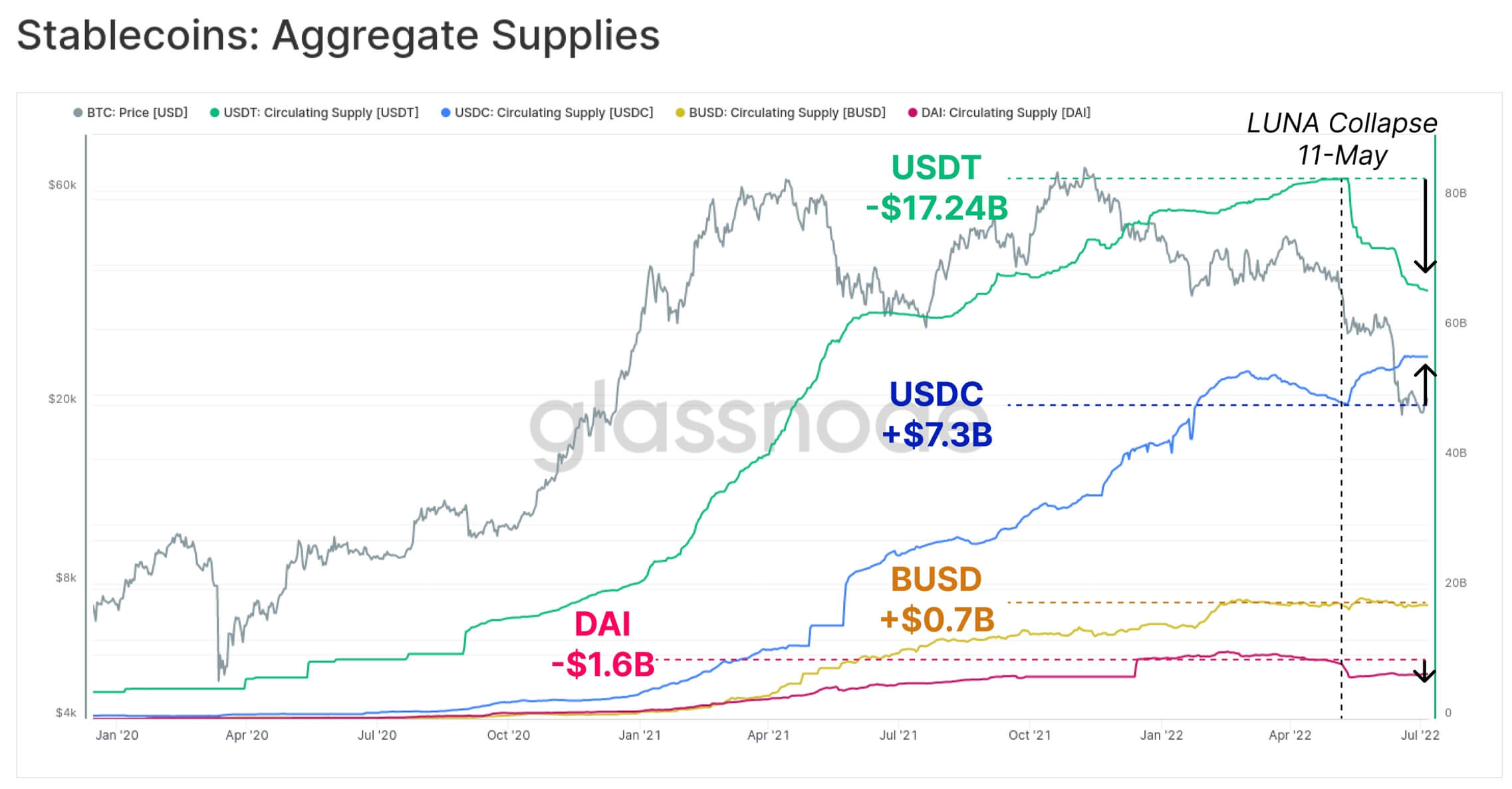
Bottom Line
Although the article mostly underlines Tether’s shortcomings, the coin has withstood several periods of stress. The most recent stress test saw users withdraw 8% of the total USDT supply, and Tether still managed to honour all withdrawals.
However, this doesn’t mean that its relatively long history filled with questionable directors, scandals, illegitimate practices, investigations, and irregularities does not still pose a significant threat. The history of traditional finance is filled with bankrupt banks, which were confident enough that they would be able to satisfy any volume of withdrawal demands.
Considering that there are certainly safer alternatives to choose from, we would recommend people to keep their dry powder in more secure stablecoins; for their peace of mind. At least until Tether decides to change its practices, become more transparent and let people have a thorough look inside the Tether world.
Comments
You must be logged in to add a comment.